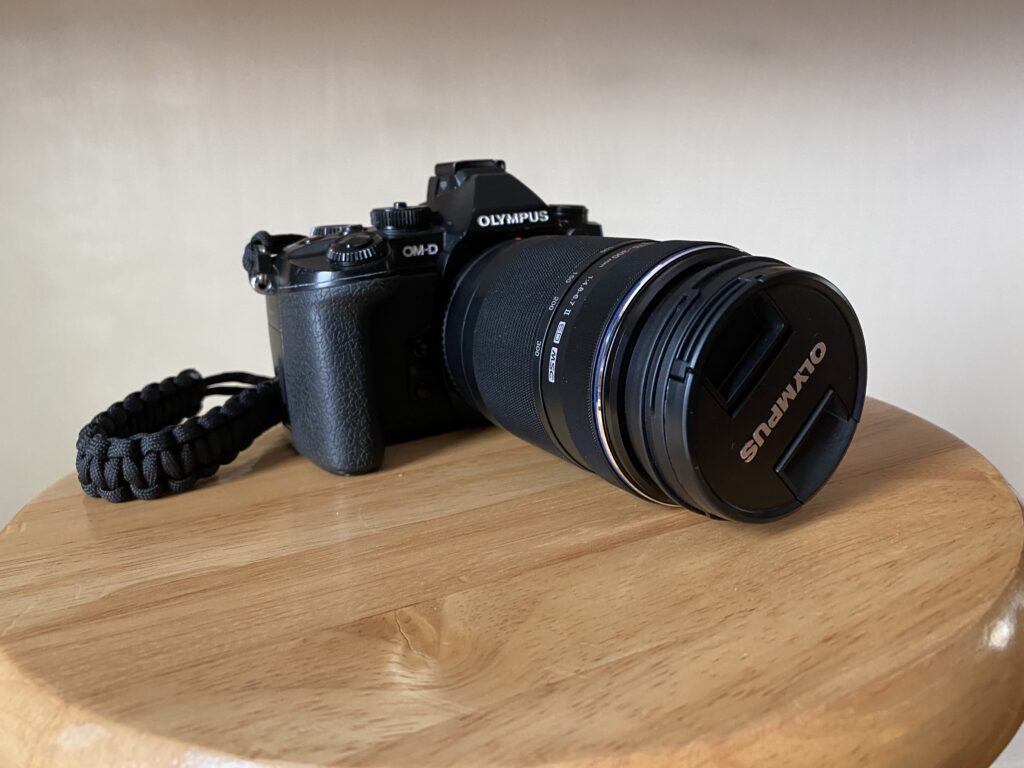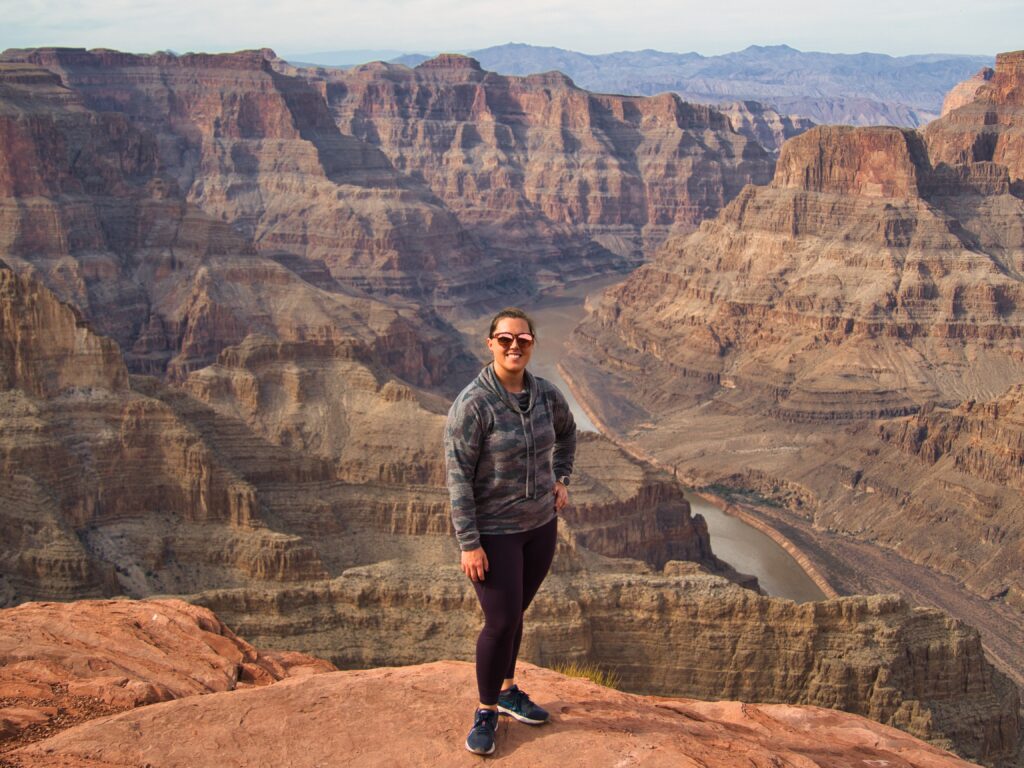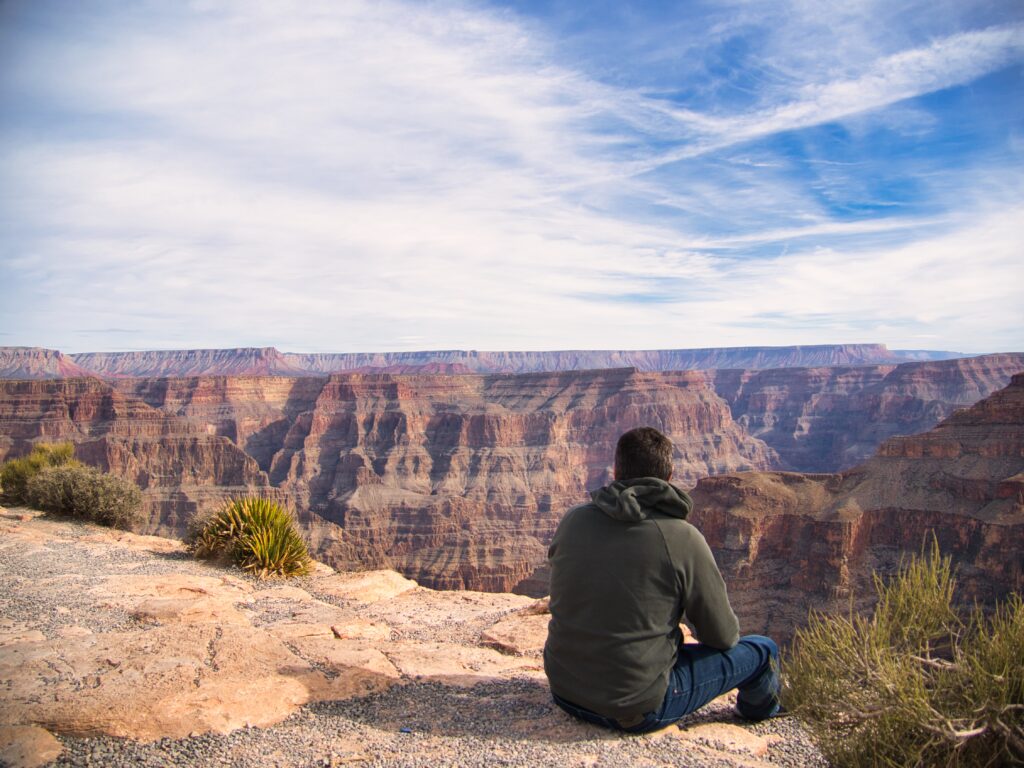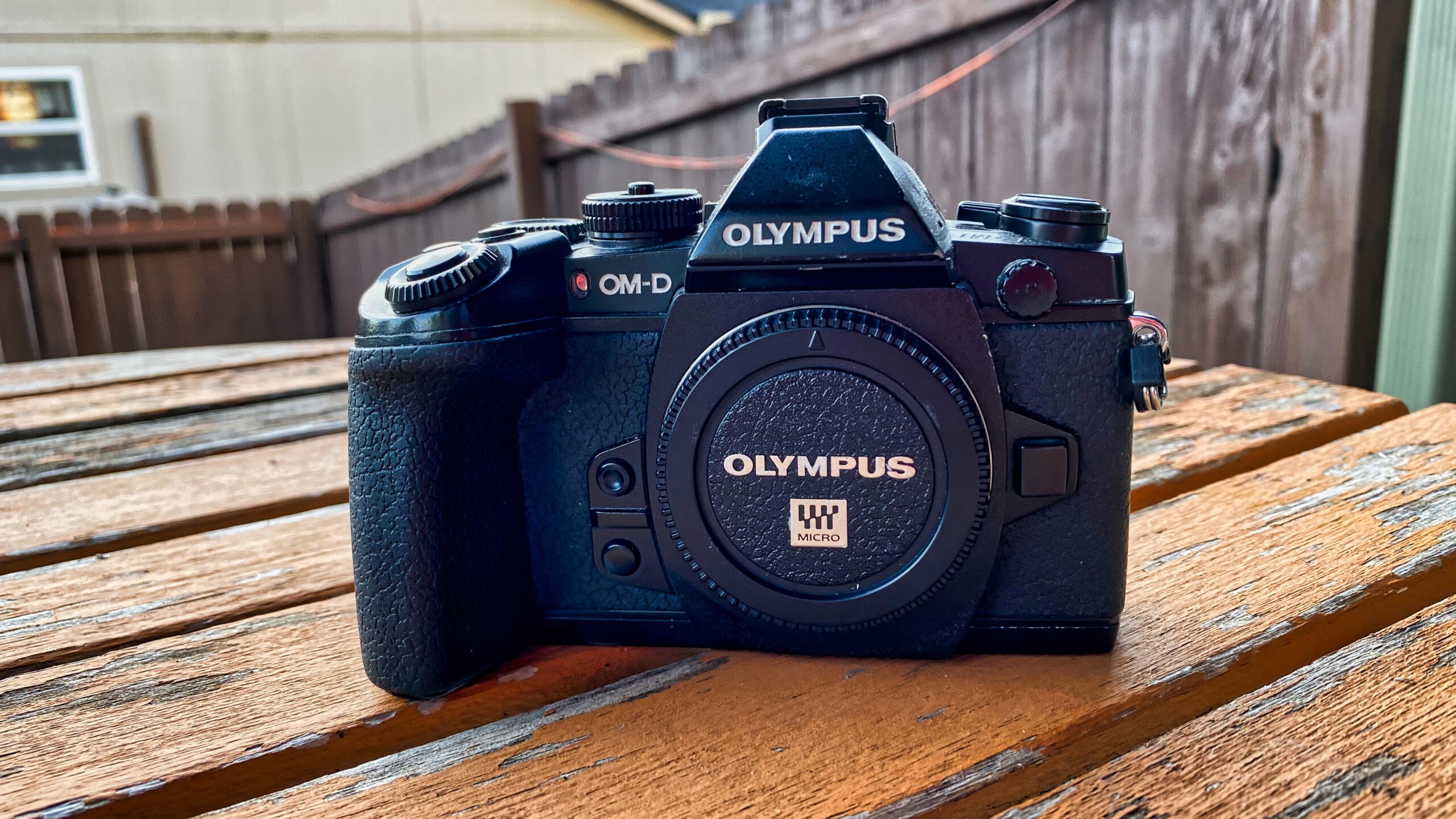Can the OG Olympus E-M1 still hang with the latest and greatest OM System OM-1? For photography, I would argue yes.
The E-M1 was first released in October of 2013. It is still a beast when it comes to sports and wildlife photography. The E-M1 also shines as a great travel camera. I would highly recommend it to any beginner or pro looking for a top notch camera on a budget. This is arguably the best used camera that can be purchased for under $500. The best part of all, is you can usually find one in great condition for around $250-300.
Both cameras use a Micro Four Thirds (M43) mount. This crop sensor mount was a collaboration developed by Olympus and Panasonic in 2008. The M43 mount system takes a different approach than the standard 35mm full frame. The sensor is actual half of full frame. You might hear crop sensor shooters use the term “full frame equivalent”. The math is quite simple for Micro Four Thirds. You simply double the focal length for the full frame equivalent. A 25mm M43 lens would be equivalent to the 50mm focal length on full frame as an example.
The reason M43 shines in sports, wild life, and travel is due to the significantly smaller sized lenses. I often shoot an Olympus 75-300mm which is roughly the size of a pop can. The size and weight of a 150-600 full frame lens would be almost comical in comparison. Getting crisp full frame shots at that focal length would be next to impossible without a tripod. It’s quite easy on the Olympus with a manageable sized lens and excellent In Body Image Stabilization (IBIS).

The other lens I shoot with is the Panasonic 14-140mm. This is my preferred all-around option. It covers essentially any focal length a person could need. The downside of both of these lenses is they do not let in as much light as their full frame counterparts. This is perfectly acceptable for outdoor sports, wildlife, and travel photography. It is something to be aware of. I have a full frame Canon RP I use for portrait photography. The additional light of the full frame sensor is amazing for portraits. The ability to cover a wide focal range and portability are where Micro Four Thirds shines. A carpenter doesn’t always use the same saw for different projects. A photographer might not always use the same camera. They are the same type of tool that has a different primary purpose.
Why would someone choose the recently released OM System OM-1 which retails for around $2,200? The first is the OM-1 offers dual card slots. This is a great option in case one of your memory cards fails. The dual card slot feature was introduced with the Olympus E-M1 Mark II which will cost around $600-700 used or $950-1000 new (if you can find one). The other key improvement is the sensor. The Mark II also introduced the 20 Megapixel (MP) sensor which was an upgrade from the 16 MP sensor of the original E-M1. This isn’t a huge deal in reality. I’ve printed some large pictures and was pleased with the clarity of the 16 MP. The OM-1 gets a brand new stacked sensor in 2022. This is supposed to help with low light performance particularly and is something smartphones have been using for years.
Additional considerations for the newer camera are improved processing and autofocus. The newer hardware will have years of updates and improvements. The original E-M1 still works with the Olympus app for remote shooting and transferring photos to your phone. It is only a matter of time before this support ends. I generally transfer my files from the SD card and rarely use the smartphone app. This shouldn’t be a huge deal.
So, do you think you should save your money?
Here are some images captured on my Olympus E-M1.











